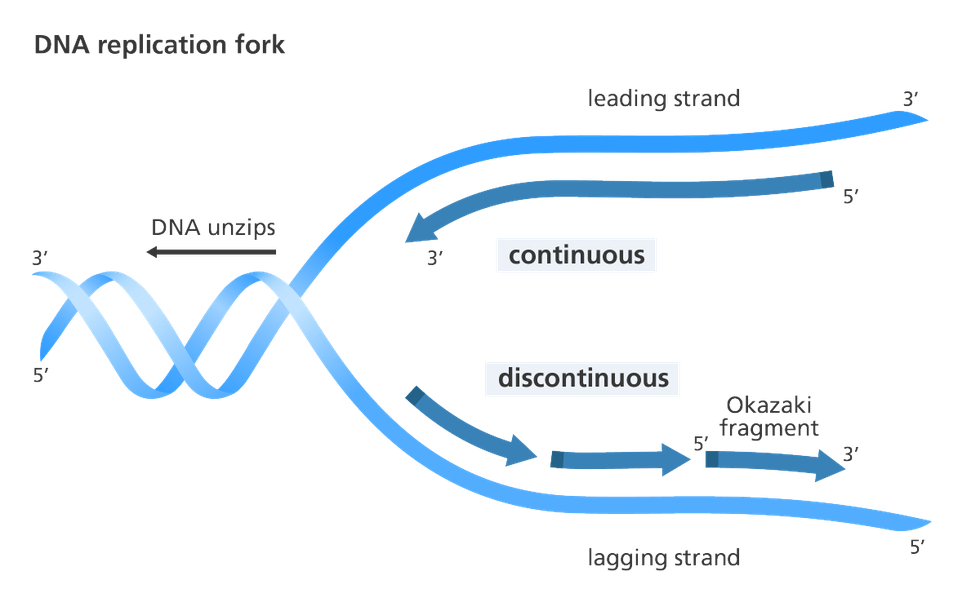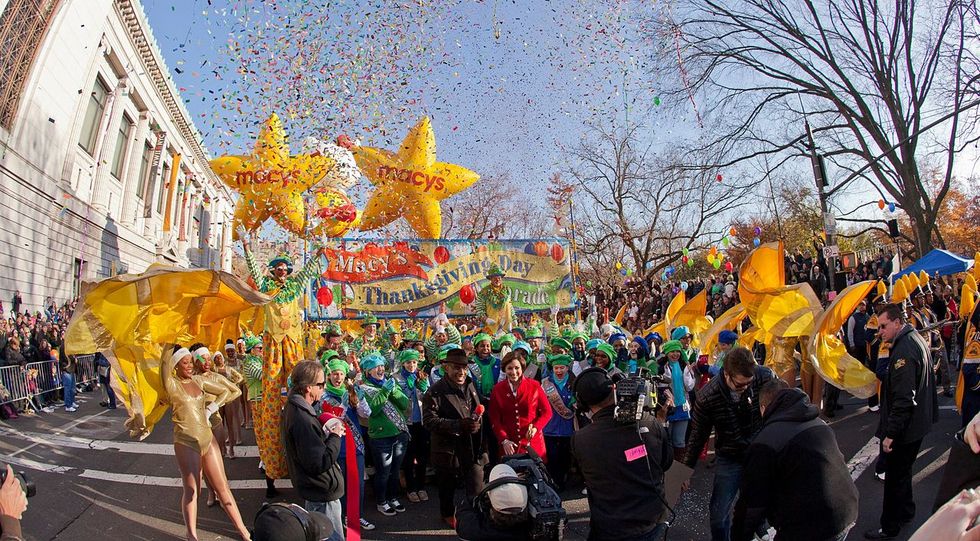Semester one of college in the bag. I've officially completed 1/8 of my bachelor's degree, and I've learned so much both in and outside of the classroom. One of the most valuable lessons thus far as been one of community and friendship. You see, community is essential to being a human. On some level, most high functioning organisms crave a "pack to run with". As humans, we create many groups for ourselves. There's high school friends, neighbors, childhood friends, co-workers, church groups, family, those random in-class only friends/study buddies, people to share hobbies with, Greek organizations, service teams, friends-of-friends you sometimes hang out with, college buddies, that lady you smile at everyday to work/school or the guy at the dog park, and the list goes on and on. We seek community all of the time, even when we aren't conscious of it.
On my arrival to college I stuck with my two friends, and we did life together for the first few weeks because we had each other. Overtime our little "family" expanded, and our group of six or so even tried to have consistent "family dinners." Like anything, community takes investments, specifically time. Something that consumes so much of our life, must be important then right?
Much like community is so crucial, there is also DNA. (Fear not, I have not jumped off the deep end quite yet, so just bare with me through this little blip of science and we will get there.) In DNA replication, we start out with one double stranded helix of template DNA (DNA to be replicated). The enzyme DNA helicase comes in and separates the two anti-parallel strands to allow replication to begin. Once nucleotides are unpaired from their corresponding mates, free nucleotides can come and match up with template bases creating a new single strand of DNA. Sounds fairly simple, yet there is one more layer of difficulty to figure out: the anti-parallel structure of DNA. DNA is always synthesized 5' to 3' (in laymen's terms from one specific end to the other). It's like writing in English, you always start from the left and write to the right side of the page. Therefore "anti-parallel" means that one strand of DNA is 5' to 3' and the other is 3' to 5' after a double helix is broken apart.
Like I said before, we can only make DNA in one direction: 5' to 3'. Does this mean only one side of the split DNA can be replicated? The short answer: no. The long answer: Okazaki fragments on the lagging strand. After DNA splits we've got these two strands (leading and lagging). The one strand (3' to 5') can go on its merry way continuously producing new DNA as more and more of it is unzipped from its partner strand therefore it is the leading strand. Said partner strand is our main focus, the lagging strand.
In order to produce new DNA 5' to 3' on the lagging strand (which is directional 5' to 3'), the cell has to produce little tiny sections of DNA backwards as the helicase unzips more and more of the helix. These little, unconnected pieces on the lagging strand are called Okazaki fragments, named after the scientist who discovered them.
Now, we have a lot of little new segments of DNA chilling out on one side of the DNA, but in order for replication to be complete (and essentially for life to continue developing and growing and evolving) DNA ligase has to come do its job. Ligase sits itself in between those fragments and connects them. Ligase acts like glue to bring those important yet tiny fragments together to help them form a full DNA strand and complete their oh-so-important mission of carrying the genetic code.
Ligase is much like community; it stitches us together to reach our full potential. Community knits us together to help us function as whole, full humans. If we neglect good community we neglect to stitch up our life. Ligase also functions in DNA repair which isn't a far cry from community helping us patch up ourselves.
The points where science and life intersect are beautiful ones to me. Science has never been about memorizing or even learning the known facts. It is about exploring the unknown using what we do know. It's a discipline of adventure, discovery, and asking wonderful questions about what make our universe tick. We are all little microcosms within our greater universe so how could you not see the beauty of science in yourself and your interactions.


















